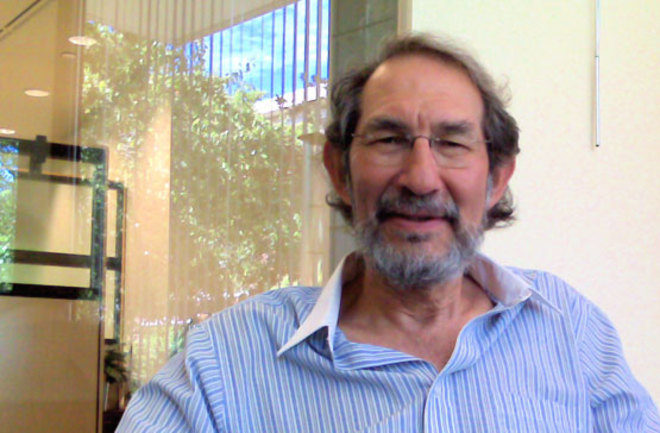The son of a dressmaker and a professional gambler, Geoffrey West was born just after the outbreak of World War II and raised in relative poverty in postwar England. From those humble beginnings, he went on to a brilliant career in theoretical physics, eventually helping found the Elementary Particles and Field Theory group at Los Alamos National Laboratory in New Mexico in 1974. There he investigated some of the deepest mysteries in physics, including the underlying structure of protons and neutrons, the particles that make up the nuclei of atoms.
Then in the 1990s, at an age when many researchers begin downshifting their careers, West embarked on a brand-new quest, seeking the universal laws that govern biology. After joining the Santa Fe Institute, which focuses on the interdisciplinary study of complex systems, he went even further afield, using mathematical models to investigate the fundamental organization of cities, with surprising results. He and a group of collaborators discovered that simply knowing the population of any given urban area allowed them to accurately predict the nuanced details of its infrastructure and its socioeconomic state. Give West the raw census data from your city—regardless of its history or geography—and he can tell you everything from the number of gas stations in it to the number of patents produced by its inhabitants.
In his offices at the Santa Fe Institute in Santa Fe, New Mexico, where he served as president for four years, West recently sat down for an extended conversation with DISCOVER staff writer Veronique Greenwood. They discussed his history of tackling questions outside his field, the fundamental laws that govern cities, and his belief that population overload is draining global resources, steering us toward socioeconomic collapse.
You are an unusual academic omnivore: You have mixed physics and math with biology and population studies. How do you link those fields together in your head? When I was 10 or 11, I used to go walking on the big chalk cliffs south of London and look across the English Channel. On the horizon I could see the ships getting smaller and smaller. Then, when I was learning trigonometry a few years later, I encountered a remarkable problem: If you know the radius of the Earth, and you’re standing on the edge of the ocean, how far away is the horizon? I learned there was a formula that I could use to calculate how far away I could see. I thought: “My God. This is powerful stuff.” The rest of my life I have been trying to do that in some sense. So when I look out the window now and see the city and the landscape around us, I ask, “Can we put any of this into mathematics, and can we predict anything about it?”

